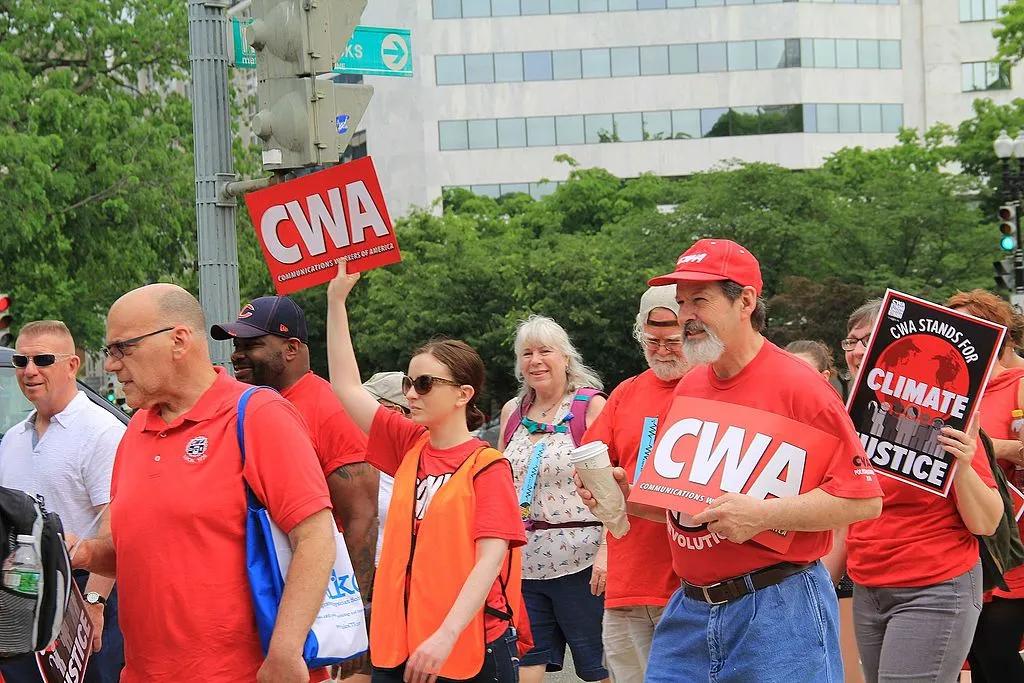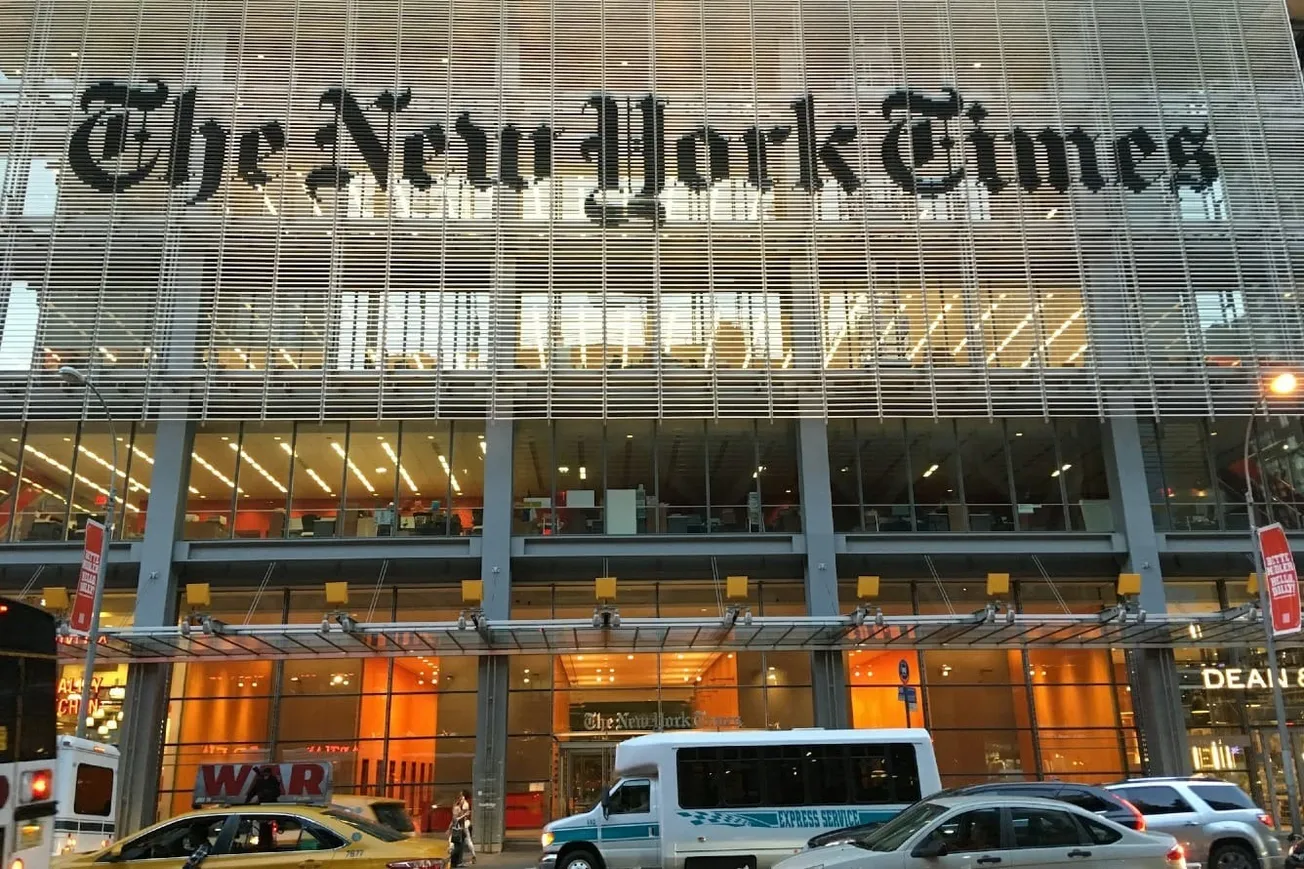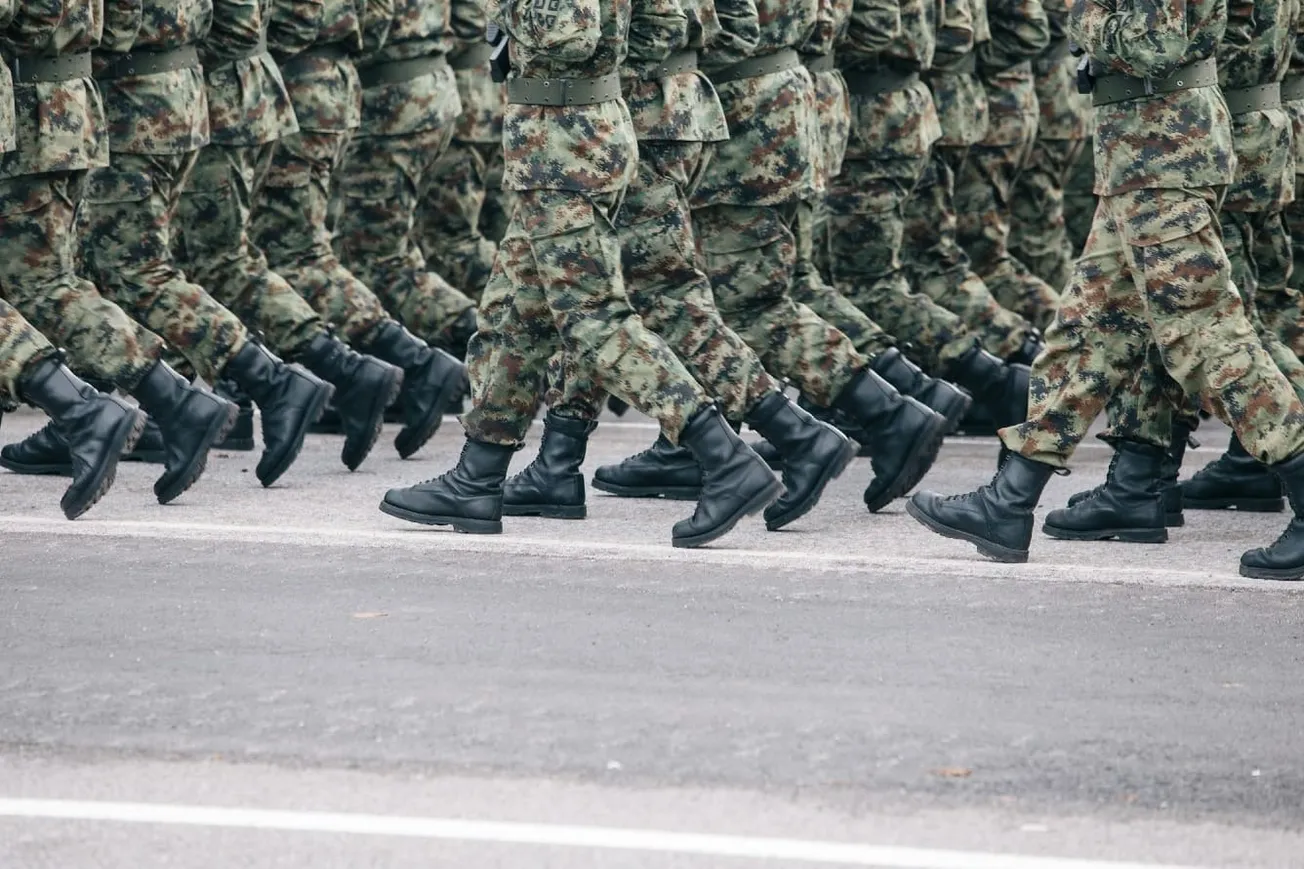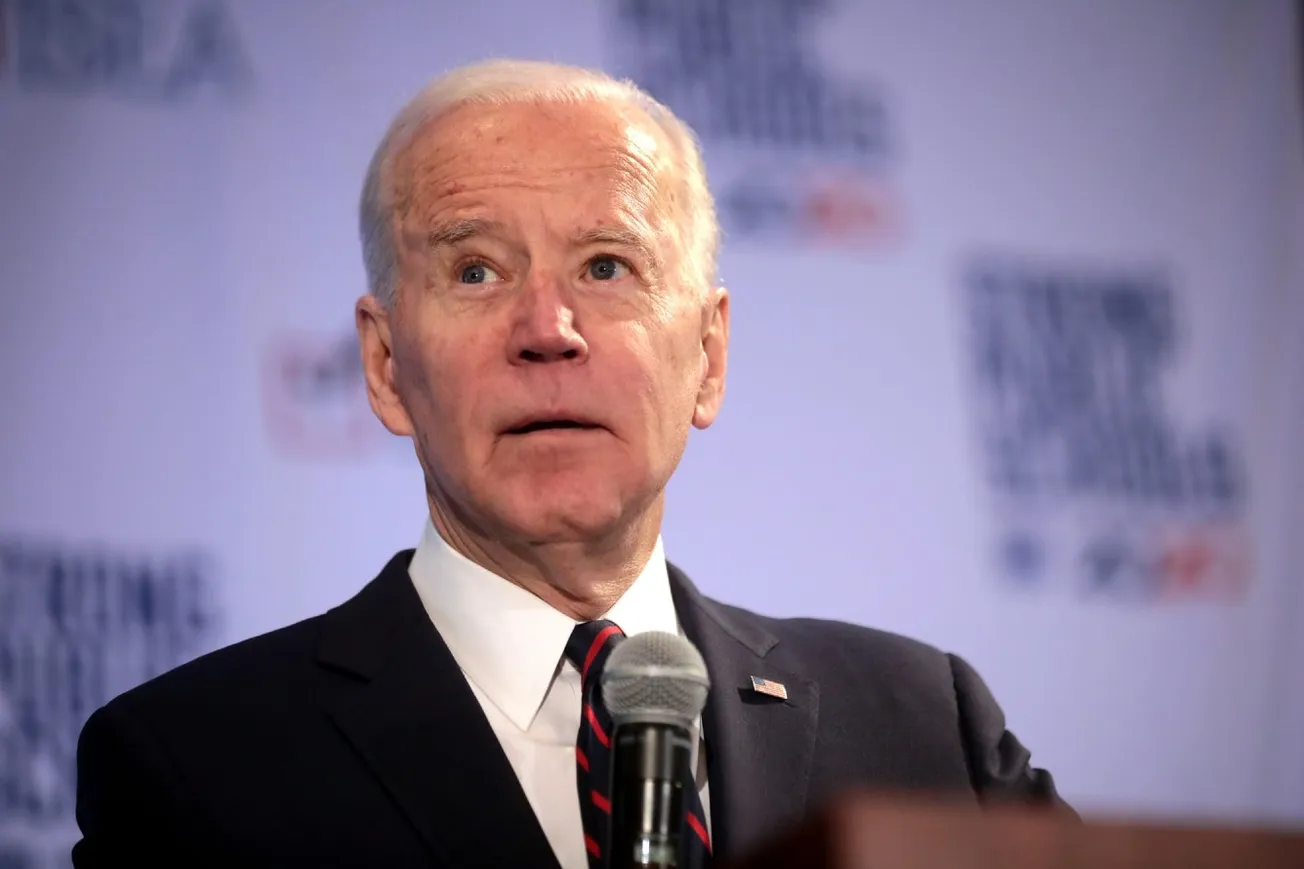By James Varney, RealClearInvestigations
August 18, 2022
The text bulletin the Communication Workers of America sent its members on Aug. 3 urged them to take action on a hot-button issue – a mammoth Democrat-sponsored tax-and-spend package: “The Inflation Reduction Act tackles rising prices & creates good jobs. Tell your Senators: Vote YES!”
Among the union members urged to support the legislation, passed by a party-line vote, were thousands of journalists whose outlets were covering the contentious issue, including the New York Times, the Associated Press and the Washington Post as well as many major television networks and affiliates.
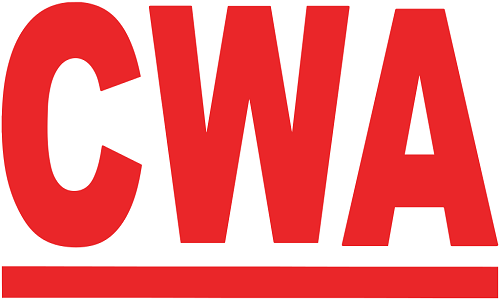
The CWA – to which an estimated 16,000 editors and reporters belong through its NewsGuild component – is not only one of the nation’s largest unions, with about 700,000 members, but one of the most politically active and partisan.
Nearly 99% of the $14.9 million the CWA has funneled to politicians since 2020 has supported Democrats, according to figures at OpenSecrets.com. While the upcoming midterm elections are also expected to reveal a sharply divided America, there is no division within the CWA. Its website lists endorsements for 87 congressional candidates in 22 states – 86 of them are Democrats. Every CWA gubernatorial endorsement is for a Democrat.
While journalists comprise a small percentage of the CWA membership -- an array of workers from telephone company employees to flight attendants -- even the NewsGuild leadership, which works most directly with journalists, takes strong positions on controversial issues.

Union leadership denounced the “radical” Supreme Court decision in the Dobbs case striking down Roe v. Wade as a national standard on abortion. On June 24, the NewsGuild “vowed to continue [the] fight for access to abortion.” NewsGuild President Jon Schleuss, a Los Angeles Times data journalist elected in 2019, sounded a call to action: “We are encouraging our members to respond to this assault on their personal freedom and essential health care by doing what we do best: organizing to protect our rights in the workplace.”
Even by traditional lunchbucket union standards, however, the CWA leans left. In 2016, it bucked a more moderate union trend and endorsed socialist Bernie Sanders for president during the primaries, before swinging behind the eventual Democratic nominee, Hillary Clinton. Like several other major unions, the CWA held its fire during the 2020 primaries, with figures in some CWA unions speaking highly of Massachusetts Democrat Elizabeth Warren and Joe Biden before endorsing Biden outright that October.
The connection between journalists and unions is rarely if ever disclosed in coverage of labor issues, including articles about efforts to organize unions at Amazon, Starbucks, Chipotle, and other major employers. Nor do reporters whose paychecks help fund their union’s advocacy for political candidates and policy proposals tell their readers about these ties, including journalists serving in guild posts, even though the time-honored values of journalism call for not only neutral coverage but robust efforts to avoid even the appearance of conflicts of interest.

Stark contrasts in the CWA's legislative grades: Democrat (above) and Republican (below).Communications Workers of America

In reality, coverage of union organizing efforts can assume at times an almost celebratory air that doesn't quite square with labor’s mixed fortunes in recent years. In a July 28 article on a successful union vote at a Trader Joe’s, the Washington Post reported:
The union’s victory in western Massachusetts follows a wave of successful union drives this year at high profile employers that have long evaded unionization, such as Starbucks, Amazon, Apple and REI. Union victories can produce a ripple effect across employers and industries, emboldening new workers to organize.
In such stories, the Post duly notes that its owner, Jeff Bezos, is also the owner of Amazon. But there is no mention of the Post reporters’ Guild.
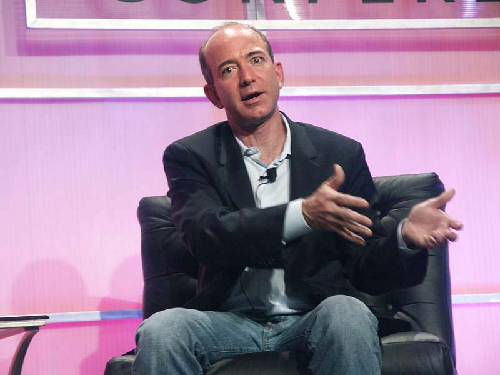
The big companies in these stories are often cast as heavies, doing what they can to dodge union votes beforehand or toss them afterward, and engaged in activities that have attracted, or should attract, the attention of the National Labor Relations Board, now stocked with Biden administration appointees.
The situation has a special resonance now that journalism is one of the few bright spots in the labor movement. Despite scattered successes at Amazon warehouses or Starbucks coffee shops, union membership declined in 2021 by one half of one percent, wiping out a small gain it achieved in 2020. This continued the historic decline in union membership: In 2021, 10.3% of American workers belonged to unions, a decline of almost 50% since 1983 when 20.1% of the workforce was unionized, according to the Bureau of Labor Statistics.
In the media sector, however, union membership is apparently robust. This month a survey by the Pew Research Center reported that “16% of U.S. journalists who are employed at least part time at a news outlet say they are currently a member of a union at their organization.”
The CWA boasts about its success attracting media membership. “Journalists have responded with a surge in organizing with The NewsGuild, the largest union of communications employees in North America,” according to its website. "Approximately 7,300 of the Guild’s 26,000 members have joined since 2018 at more than 120 newly unionized publications."
Unclear are the views of individual journalists on issues they cover and about which their union takes strong positions. Labor reporters for the New York Times and the Washington Post did not respond to a question about whether they are dues-paying union members or to requests for comment about potential conflicts in their coverage. With other relationships involving their business, it is common practice for journalists to make clear potential conflicts or the appearance of conflict: The Wall Street Journal, for instance, will dutifully note, when reporting on Fox News, that the network is owned by News Corp, the same Murdoch family conglomerate that owns the newspaper.
The CWA, its AFL-CIO umbrella, and the chapters that represent the New York Times, the Washington Post, and the Baltimore Sun did not respond to requests for comment when queried about how union membership and advocacy square with impartial coverage of drives to bargain collectively, or coverage of public interest matters like legislation, court rulings, and campaigns that are supposedly reported neutrally.
RealClearInvestigations also reached out to management at the New York Times and the Washington Post and asked if the companies had any policies regarding disclosure of staff union membership in news coverage. The Post did not respond. Charlie Stadtlander, director of external communications for the Times newsroom, said that "we don't have any specific policy on referring to union affiliations in stories. We would typically provide whatever information about a quoted source or reporting subject that would be relevant to readers." (The Times’ ethics guidelines for reporters are here.)
The Writers Guild, East, which represents about 100 editorial workers at G/O Media, a collection of left-leaning sites including Jezebel, Gizmodo, and others, declined to comment for this story.
Ties Between Leftist Labor Positions and Journalists
The CWA attributes its draw for journalists to a desire within the industry "to save their jobs and our democracy." Newspaper jobs have plummeted nationwide, and major networks have seen their market share shrink by thousands of online options. Between 2008 and 2020, newsroom jobs declined by 26%, according to Pew.
The jobs picture isn't brightening, either. Gannet Media Company, for instance, publisher of USA Today and other papers that make it the largest newspaper publisher in the country by circulation, recently reported disappointing 2nd quarter earnings and promised sweeping "cost cutting" measures that traditionally feature layoffs.
But beyond job security, which has always been one of organized labor’s strongest selling points, there are clear ties between the leftist positions of labor unions and those of journalists. Pew's study this month showed there was a much stronger likelihood of outlets with liberal audiences having a union.
“Among journalists who say they are employed at least part time at an outlet whose audience leans left politically, about four-in-ten (39%) report their organization has a union,” the Pew report said.
“There is an ideological alignment and the jobs are inherently unstable,” said Michael Watson, a director of the conservative Capital Research Center. “That all contributes to an inclination to unionize.”
The same has been true for years. In 2018, when a successful union drive began at the New Yorker, then-assistant editor McKenna Stayner said the magazine's management would be hard pressed to object to a union when its editorial position is unapologetically pro-labor.
“What we’re promoting in our pages, we should also be promoting in our workplace," she told New York Magazine. "We run labor pieces, and for many of our writers, their system of beliefs is for workers’ rights. Particularly in the last year and a half, with the certain kind of tone of moral authority we have taken on, it would be confusing for both readers and employees for there to be a lot of aggressive pressure against unionizing from New Yorker management.”

Today's environment is similar.
“The unions see a target-rich environment there,” said Sean Higgins, a union research analyst at the Competitive Enterprise Institute. “A lot of them tout the benefits of collective bargaining editorially, so it’s not surprising workers would say, ‘if this is such a great thing why don’t we have it?’ And management is not in a good position to resist it or say no.”
All of this should come as no surprise to readers and viewers, according to Higgins and other conservatives. Nevertheless, audiences are rarely informed.
“All consumers of news should be aware that a lot of the news entities are unionized, and of course unions are key participatory players in politics,” Watson said.
Several academic labor experts and members of the Ethics Committee of the Society of Professional Journalists did not respond to requests for comment. One member of both groups, however, insisted the lines between coverage by union members of issues on which their union has taken an advocacy position are not clearly drawn.
“That’s a tough question,” said Chris Roberts, a former reporter who covered labor issues and is now on the faculty of the University of Alabama. “Transparency doesn’t really make you more credible. Objectivity is a learned thing; it’s not as simple as A+B=C.”
His own objectivity was hard-earned, he said, given he had family members that worked in a steel mill in both union jobs and management.
But what would acknowledging that in a story to do to alleviate concerns about a real or perceived conflict in his reporting on the mill, Roberts wondered? It might raise issues in readers’ minds that weren’t there before. A story’s credibility can be marred by any number of things, and a note that a reporter is a union member could raise flags better left unfurled, Roberts said.
“Is it the ethical thing to do? Sort of,” he said. “But it’s not fair to think a guy is a flaming liberal simply because he’s in a union.”

